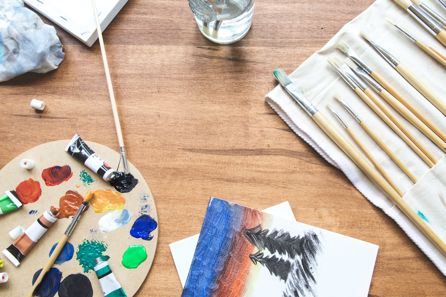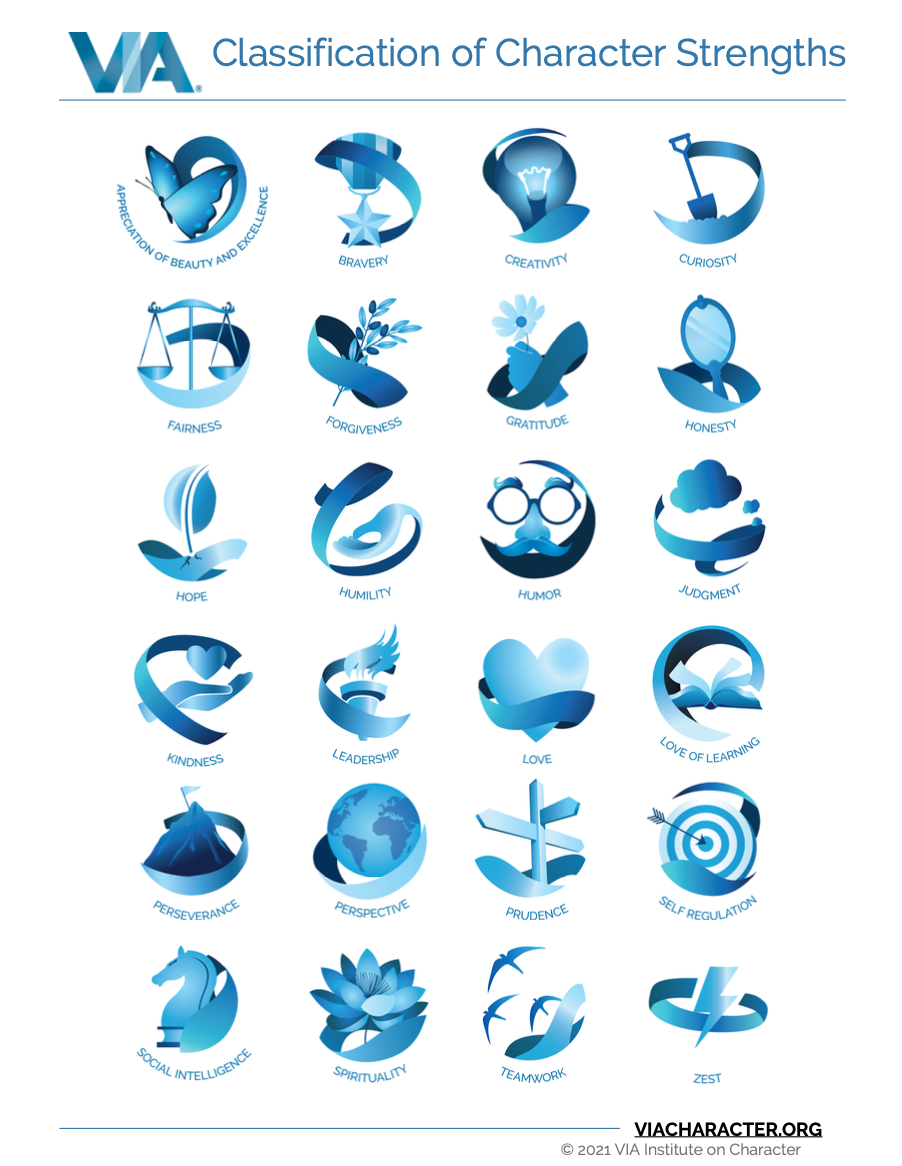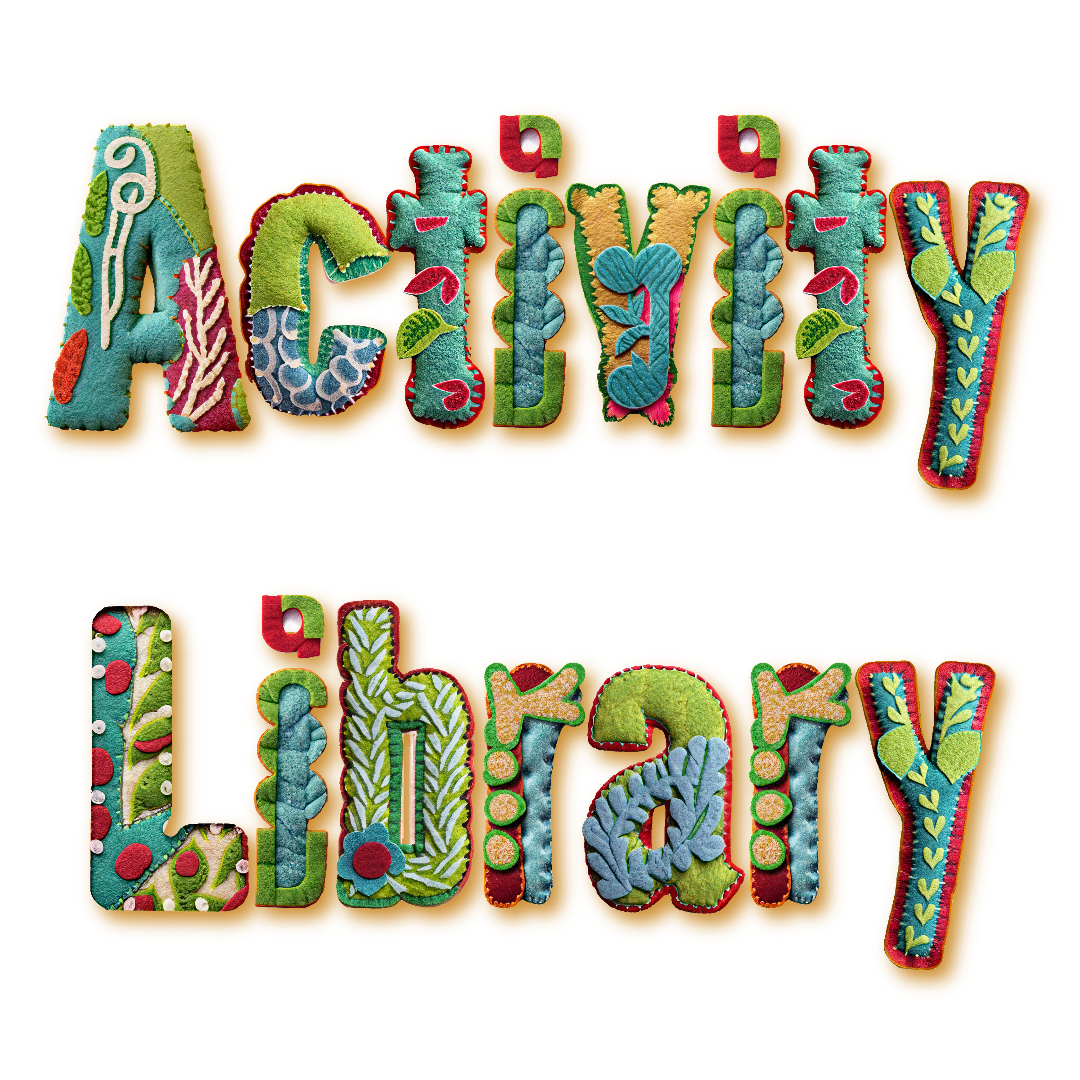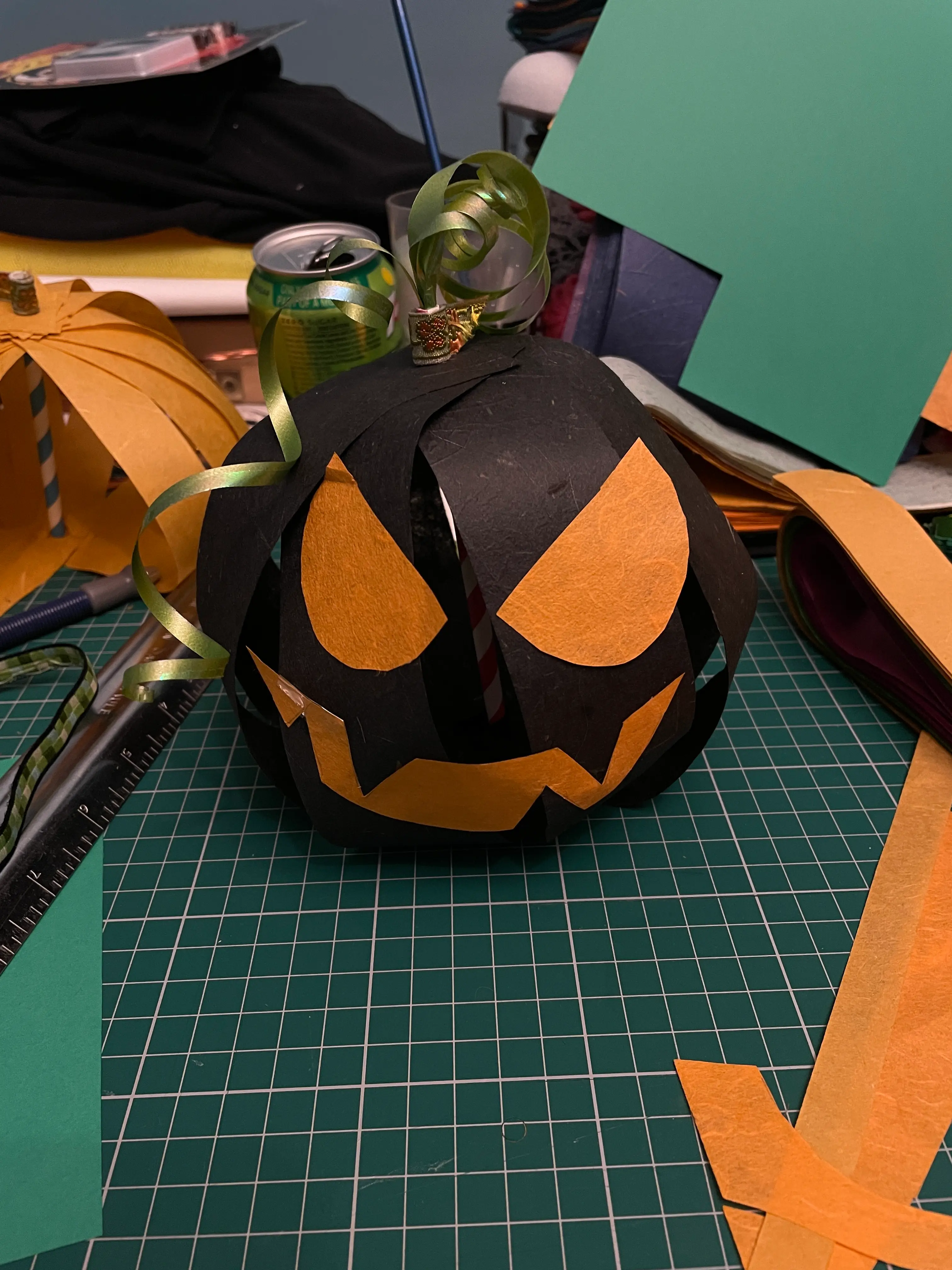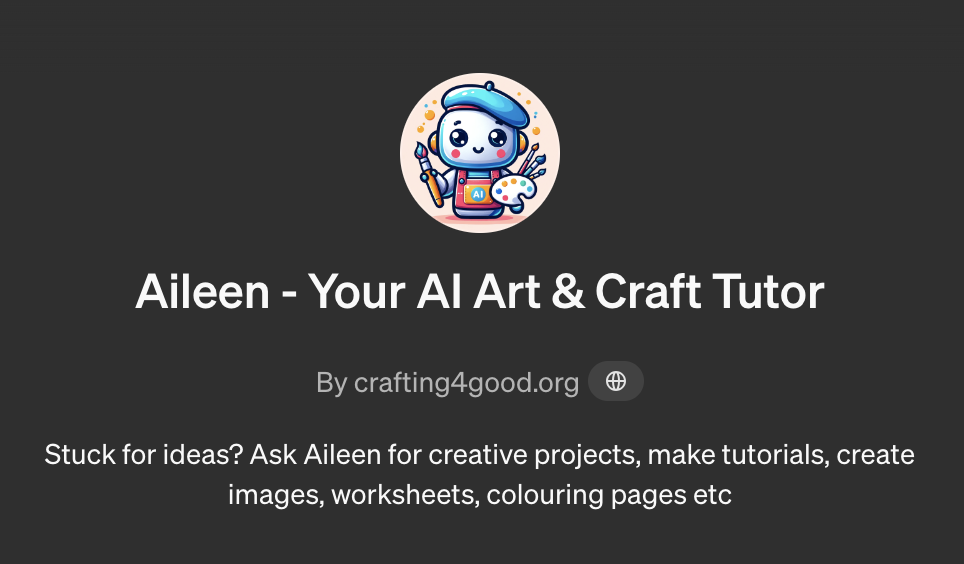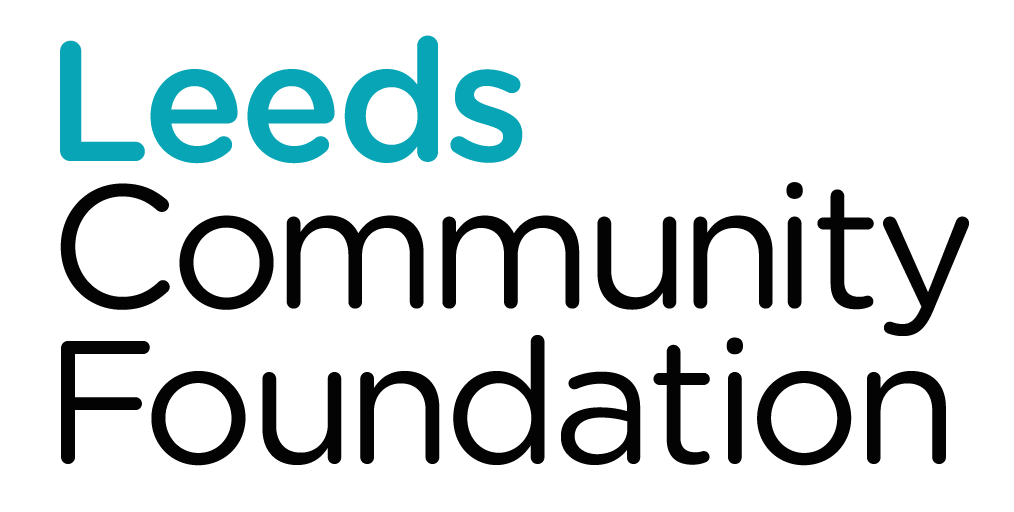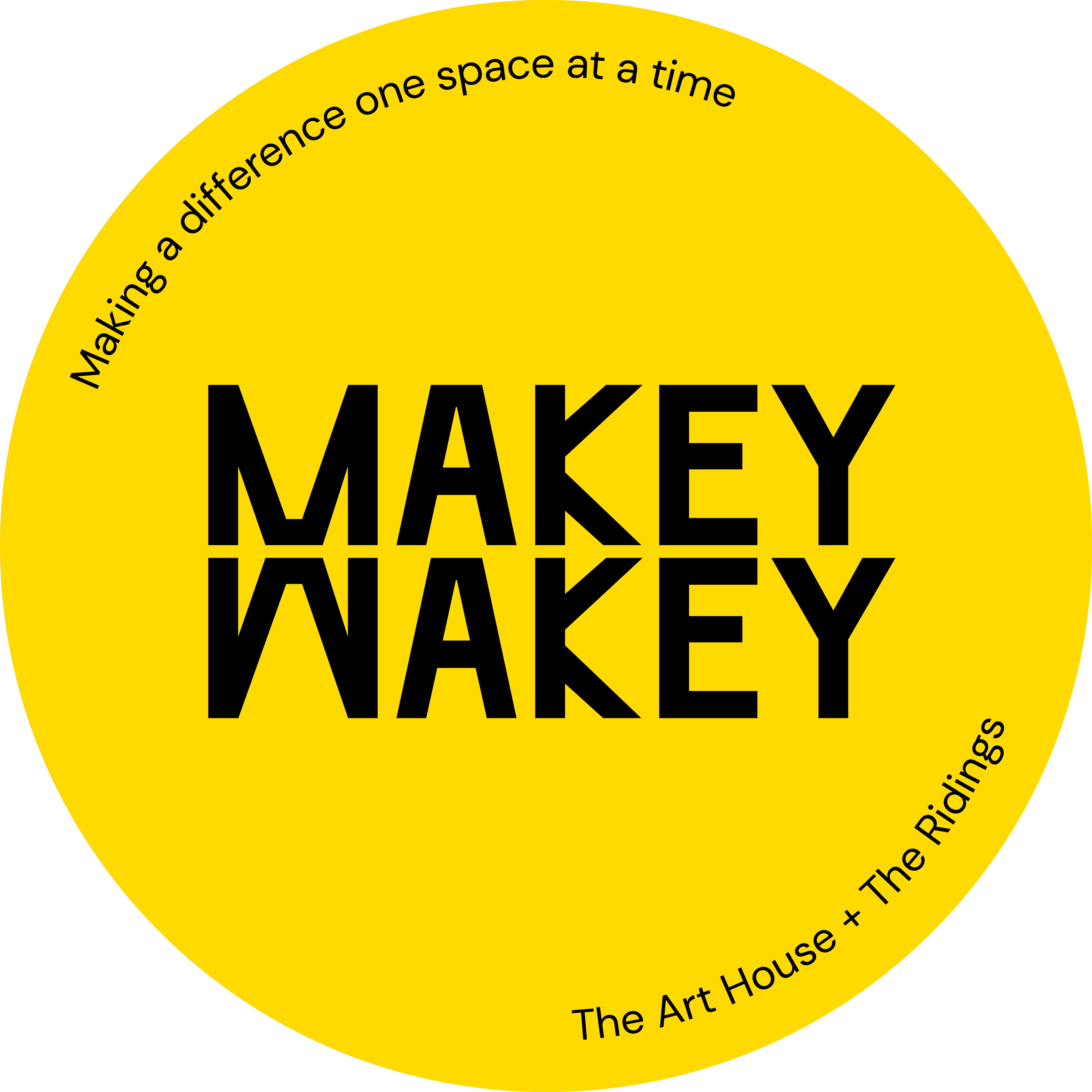5 Ways to Wellbeing
Visit Our eBay Shop
The 5 Ways to Wellbeing are simple things you can do, identified by research, that will help you feel good and function at your best.
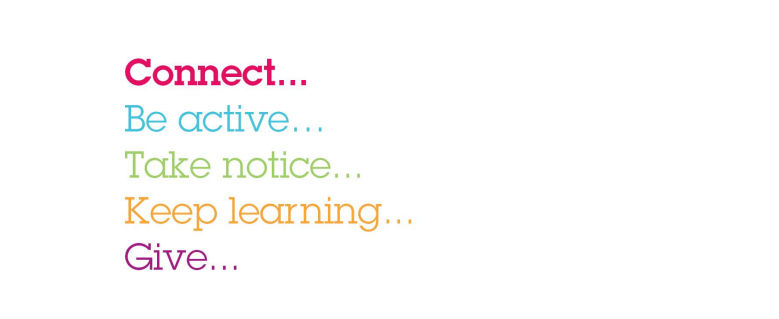 The Five Steps to Wellbeing: New Economics Foundation research
The Five Steps to Wellbeing: New Economics Foundation researchThese steps to wellbeing can help build up your resilience and support your mental health to stay on the positive side.
Sometimes you may feel so low that you don't want to do anything, at all...but trying micro-moments of taking notice, connecting etc could all add up and provide some benefit.
Also, it's not a sign of weakness to consider talking therapies or medication if you need a bridge to get you over to a better place.

Definition of Wellbeing
We hear it a lot, but what does wellbeing actually mean?
Low wellbeing and resilience can have an impact on your physical and mental health, which makes life harder to cope with for the individual, family or communities affected. It also adds strain to public health services as people get sick and need more care.
Finding quick and easy ways to improve our wellbeing increases our resilience and functioning, making day-to-day life that bit better, bit by bit.
The "5 Ways to Wellbeing" uses research from many areas to drill down the essential steps to wellbeing, providing a definition as follows:
"The concept of wellbeing comprises two main elements: feeling good and functioning well. Feelings of happiness, contentment, enjoyment, curiosity and engagement are characteristic of someone who has a positive experience of their life. Equally important for wellbeing is our functioning in the world. Experiencing positive relationships, having some control over one’s life and having a sense of purpose are all important attributes of wellbeing"
So you're aiming for:
- Feeling good
(happiness, contentment, enjoyment, curiosity, engagement) - Functioning
(good relationships, control in life, sense of purpose)
We believe that one way to achieve many of these is through creativity, in one form or another.
Creativity & 5 Ways to Wellbeing

1. Connect ...
Connect with other people by going to art and craft classes, socialise online with like-minded creative people, even leaving positive comments or likes on social media posts can spark a connection.
2. Be Active ...
Being able to leave the house to join a class, visit shops or going out in nature to find inspiration for arts and crafts. You might also volunteer for a few hours a week in a creative setting.
3. Take Notice ...
Really take time to pay attention to detail e.g. draw mushrooms, flowers, leaves or look at pencil marks in Beatrix Potter drawings, the textures of individual brushstrokes in Vincent Van Gogh up Close paintings or the detail in illuminated medieval manuscripts, museum pieces, vintage tapestries, architecture, castles and landscapes...look closely and you find all sorts!
The internet allows you to see some things in far greater detail than you could in real life - Google Arts & Culture is a great place to start (zoom in on famous artworks in the Art Camera or check out their English Heritage).
Pinterest is a great place to get lost in - just looking at beautiful things can uplift you, whether it's art, journals, cards, animals or nature...purposely show yourself images that make you smile and feel happy, and create with them too e.g. cross stitch kits or colouring books.
The Power of Nature
A BBC study found that watching nature is as good as being in it showing "not only that watching content
from Planet Earth II inspired significant increases in feelings of awe, contentedness, joy, amusement
and curiosity, but that it also acted to reduce feelings of tiredness, anger and stress"
You could try playing a nature soundtrack with birds, the sea, a gentle stream or rain while crafting, colouring, doodling, painting etc. YouTube and music streaming apps have plenty of these, many hours long to keep you grounded in nature sounds!
Notice what happens when you watch or look at these things - do you get a feeling in your body, do you realise there's a smile on your face, do you think or say "wow" or "awww" out loud?
We often miss these micro moments - thin slices of joy - but if we are mindful of them, we realise that we are experiencing joy and happiness in that moment, however fleeting, which can make us feel better, especially if you build and layer up those moments.
“Thin slices of joy occur in life everywhere… and once you start noticing it, something happens, you find it's always there. Joy becomes something you can count on.” That's because you're familiarizing the mind with joy" - Google's Jolly Good Fellow, Chade-Meng Tan
Build yourself a collection of thin slices of joy - or Glimmers as we like to think of them - in your photos or your social media feeds and learn to savour and relish the lovely things in life.
- Bring Nature Indoors
- Forest Awakens Video
- Wildlife Webcams from Wildlife Trusts
(Caution! Although live wildlife cams are mostly wonderful to watch, you may be taken by surprise and become distressed if you see something you don't like: be especially careful with birds of prey)
4. Keep Learning ...
Keep Learning
Try something new. Rediscover an old interest. Sign up for that course. Take on a different responsibility at work. Fix a bike. Learn to play an instrument or how to cook your favourite food. Set a challenge you will enjoy achieving. Learning new things will make you more confident as well as being fun.
(5 Ways to Wellbeing, New Economics Foundation)
Learn new creative skills through online or real-life classes, YouTube etc. Look for bargains on eBay or in charity shops to try new things without a lot of expense, in case you don't like it e.g. in our eBay shop we have new and slightly used supplies so that people can try something new.
5. Give ...
Give
"Do something nice for a friend, or a stranger. Thank someone. Smile. Volunteer your time. Join a community group. Look out, as well as in. Seeing yourself, and your happiness, linked to the wider community can be incredibly rewarding and creates connections with the people around you."
(5 Ways to Wellbeing, New Economics Foundation)
"To give is better than to receive"...
Indulge yourself and enjoy making your art and crafts but give away your projects to others as gifts, or for fundraising - local charities and community groups might be grateful for some handmade items they can sell on a craft stall to raise money.
Giving your time through volunteering, or sharing your skills and knowledge with younger people, is well-known to reap it's own rewards for your wellbeing due to the social connection and keeping active as well as the act of giving your time.

